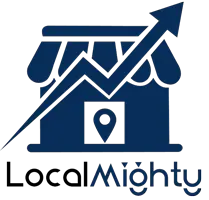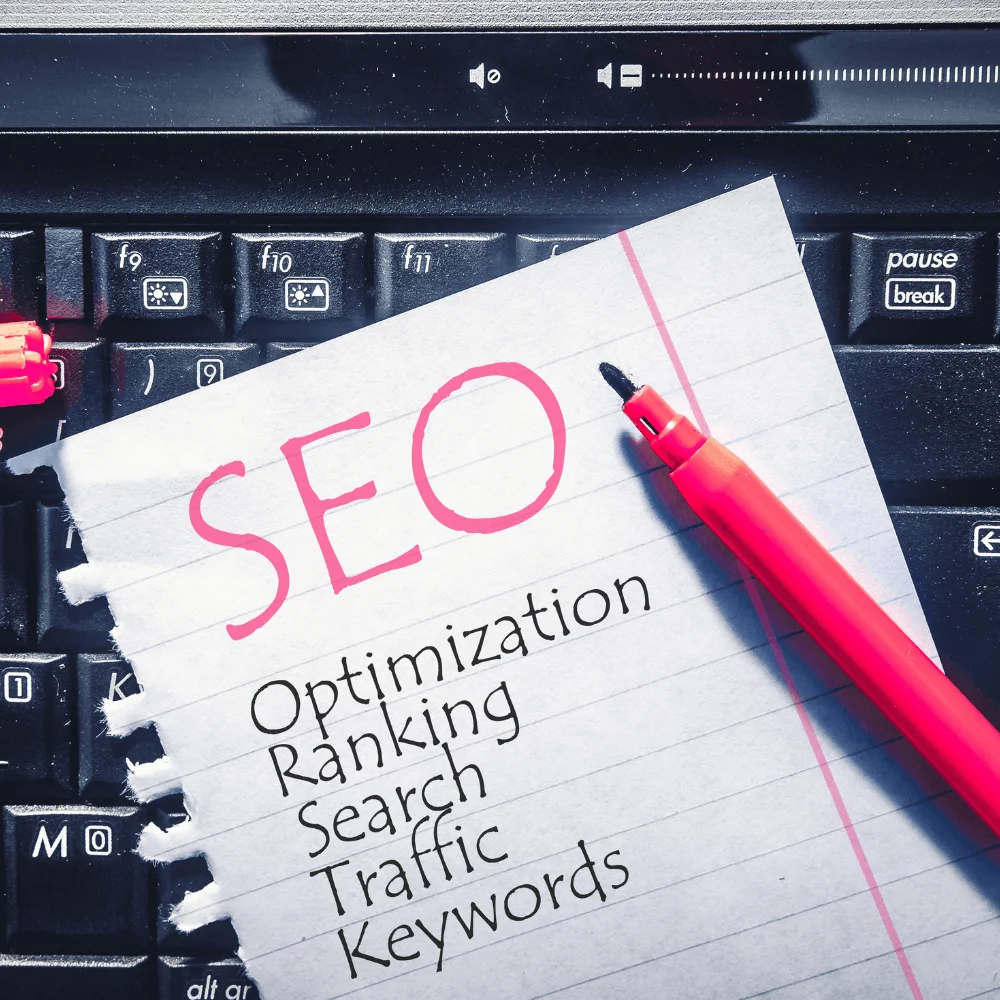A strong local business website reflects credibility, authority, and proven outcomes. But by 2025, simply being online won’t cut it. So, what makes one page bring in leads while another goes unnoticed? It comes down to local on-page SEO. Collaborating with a local SEO company allows you to shape each web page into a powerful tool for local reach. This doesn’t just boost visibility—it opens the door to real local SEO benefits by attracting ready-to-convert, high-intent visitors.
Why Local On-Page SEO Still Decides Winners and Losers
The internet is crowded. Search engines are smarter, and users are more demanding than ever. Local on-page SEO is the art and science of making every page on your site not just discoverable but irresistible to people searching nearby. In 2025, Google’s algorithms prioritize relevance, experience, and trust above all. That means your site can’t just be optimized for robots; it must also resonate with humans.
Step 1: Start with Search Intent—Not Just Keywords
The most successful local businesses reverse-engineer their content from what customers are truly looking for. Forget keyword stuffing. Today, Google understands intent, context, and entities.
- Research what your ideal customers search for before they call or visit: questions, problems, and local needs.
- Build every page to provide a complete, satisfying answer using language that matches how your customers think and speak.
Step 2: Optimize Your Headings and Content for Location Relevance
Your H1 and headings are your digital signposts.
- Always include your main keyword (“local on-page SEO”) naturally in your H1 and sprinkle related local terms in subheadings.
- Reference your city, neighborhood, or service area naturally; never force it.
- Use secondary keywords and entities: your services, business types, and local landmarks.
Step 3: Craft Powerful Meta Titles and Descriptions for Local Clicks
Meta titles and descriptions are the invitations to your website party.
- Begin titles with your main keyword, followed by a value-driven promise or CTA.
- Meta descriptions should highlight the benefit: “Learn the secrets to turning every page into a lead magnet for your business.”
- Keep it clear, action-focused, and aligned with what your audience truly wants.
Step 4: Build Unique, Hyperlocal Landing Pages
Don’t settle for generic.
- Create individual pages for each core service and each significant location you serve.
- Use original content that speaks directly to the needs of each local audience.
- Feature team members, real customer stories, and neighborhood photos to add authenticity.
Step 5: Use Schema Markup to Speak Google’s Language
Structured data helps Google “see” your business for what it is and where it is.
- Implement the LocalBusiness schema on your home and location pages.
- Add service, product, and FAQ schema for added clarity.
- Mark up your reviews, address, and contact info for extra trust.
Step 6: Boost Engagement with Clear Calls to Action (CTAs)
A true lead magnet doesn’t just attract; it converts.
- Place bold, clear CTAs above the fold and throughout your content, “Book an Appointment,” “Get a Free Quote,” and “Visit Our Office Today.”
- Make it simple: Use buttons, clear forms, and one-click calling for mobile users.
Step 7: Optimize for Speed, Mobile, and Accessibility
Google rewards pages that load fast and work flawlessly everywhere. Beyond just speed, effective mobile optimization for local SEO is non-negotiable.
- Compress images, use efficient code, and minimize scripts.
- Design for mobile first, as most local searches occur on smartphones.
- Ensure your site is accessible to all users, including those with disabilities.
Step 8: Showcase Reviews, Trust Signals, and Local Partnerships
Trust is the ultimate deciding factor for most customers.
- Feature real Google reviews, testimonials, and trust badges near your CTAs.To maximize your review acquisition, learn how to ask for a Google review effectively.
- Highlight partnerships with other reputable local businesses or charities.
- Include a map, driving directions, and even local event features to reinforce your community presence.
Step 9: Internal Linking and Local Content Hubs
Guide both users and search engines to your most valuable pages.
- Use contextual links within your service and blog pages to related topics, locations, or FAQs.
- Build a local content hub, a dedicated section with guides, news, and tips specific to your community.
Step 10: Track, Measure, and Continuously Improve
Every great lead magnet evolves.
- Every great lead magnet evolves. To effectively monitor your progress, consider leveraging powerful local SEO tools every agency needs, including Google Analytics and Search Console, to track which pages drive the most local traffic and leads.
- Test new headlines, images, CTAs, and local content regularly.
- Listen to customer feedback and adapt your site to meet their changing needs.
Algorithm-Proofing Your On-Page SEO for 2025 and Beyond
- Embrace voice search: Write content that answers “How do I…?” and “Where can I find…?” queries.
- Use visual content: Add short videos, before-and-after galleries, and interactive maps.
- Stay on top of Google’s algorithm changes and focus on authenticity, expertise, and user satisfaction.
Avoiding Common Pitfalls
- Don’t duplicate pages across locations, and each must be unique.
- Don’t use generic, keyword-stuffed copy; write as if speaking to a neighbor.
- Don’t neglect your mobile experience; slow or clunky sites lose local leads fast.
Final Thoughts
Local on-page SEO in 2025 isn’t about tricking search engines; it’s about understanding people. Every page on your website can become a lead magnet if you optimize for intent, build trust, and connect authentically with your community. The businesses that invest in premium, hyperlocal content and seamless experiences will own the next wave of local growth. For more details, refer to this Google guide to improve local ranking. The door is open; step through and claim your spot at the top.

